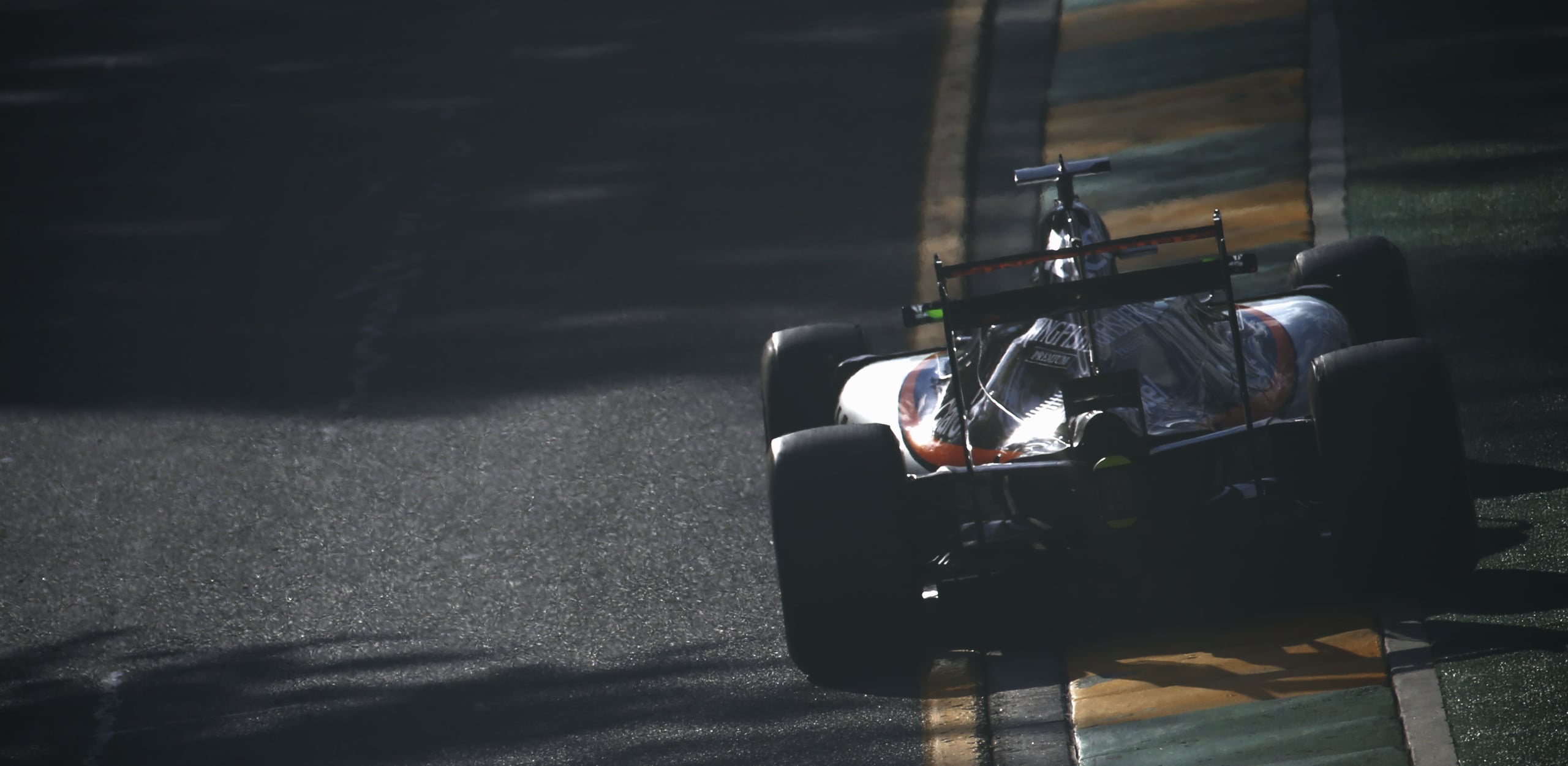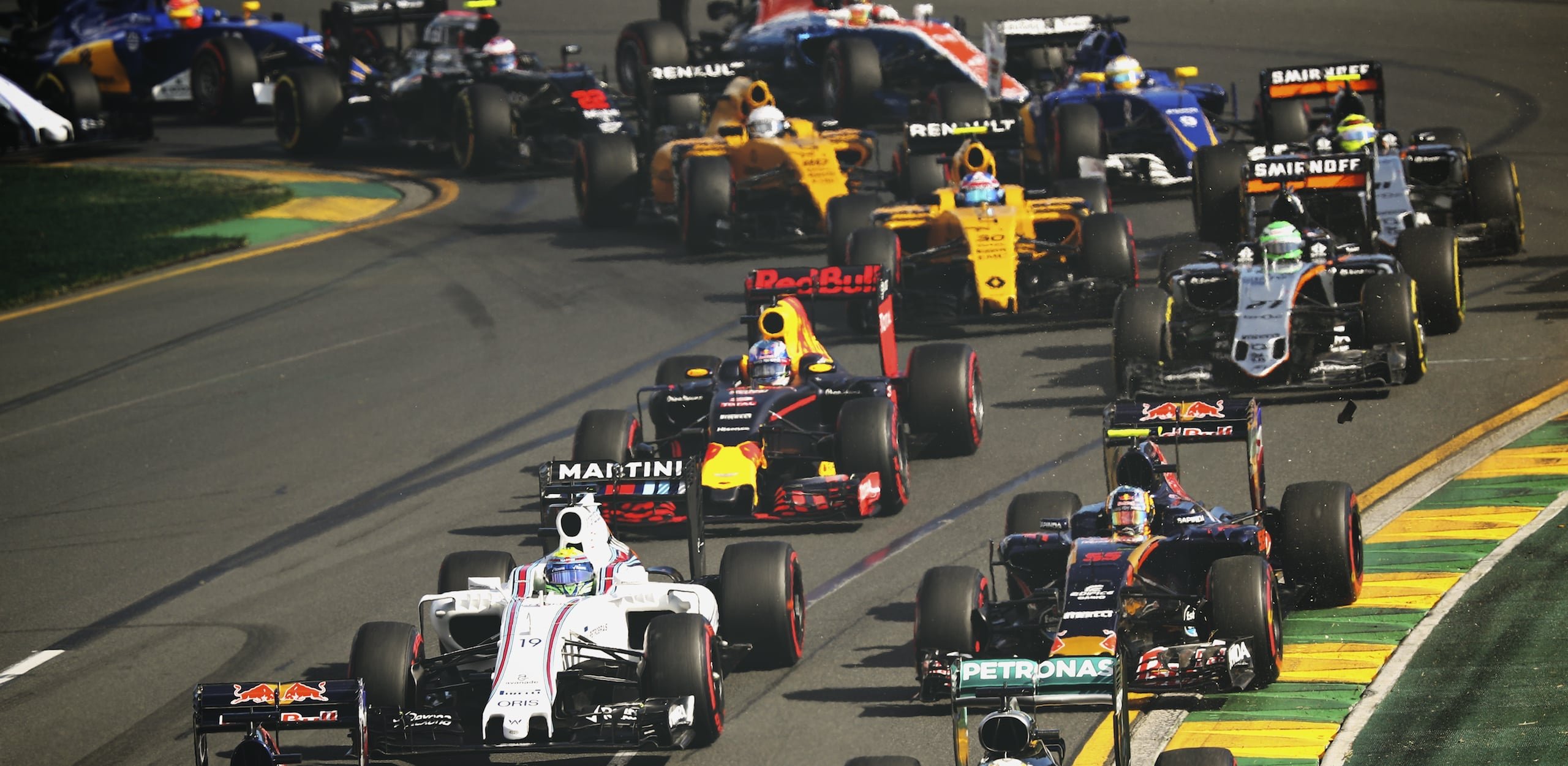
Nico Rosberg uses a red flag reset and a gimme from Ferrari to capture the Australian Grand Prix
After eight days of pre-season testing, Grand Prix soothsayers suggested that Mercedes and Ferrari were at near parity as the season began in Melbourne. With both Friday practice sessions nearly rain-outs, that conclusion waited for resolution until Saturday’s qualifying round. But, that session would bear little resemblance to the qualifications of the last decade.
It would be kind to call this first qualifying session of the season. The FIA had come to a quick decision mid-way through preseason testing, and just nine days before qualifying in Melbourne that, going forward, qualifying would consist of a new rolling elimination; Q1 and Q2 would both have the slowest seven driver’s eliminated every 90 seconds, with Q3 a 15-minute shootout for the remaining driver’s. It seems little thinking had been given to the actual process. As it was, teams fired off their final runs as soon as Q3 began and then sat and waited. Without the usual pressure, the world TV feed distributed the very un-F1 scene of an empty track for several minutes instead of the tense moments as each driver puts his speed on the limit for pole.
In the end, the results were predictable. Lewis Hamilton led Nico Rosberg to pole position, closing out the front row of the grid for Mercedes as had been the norm for both the 2104 and 2015 seasons.
Judging by the complete panning of the experiment by team principles and fans, F1’s next stop in Bahrain will revert to the prior format.
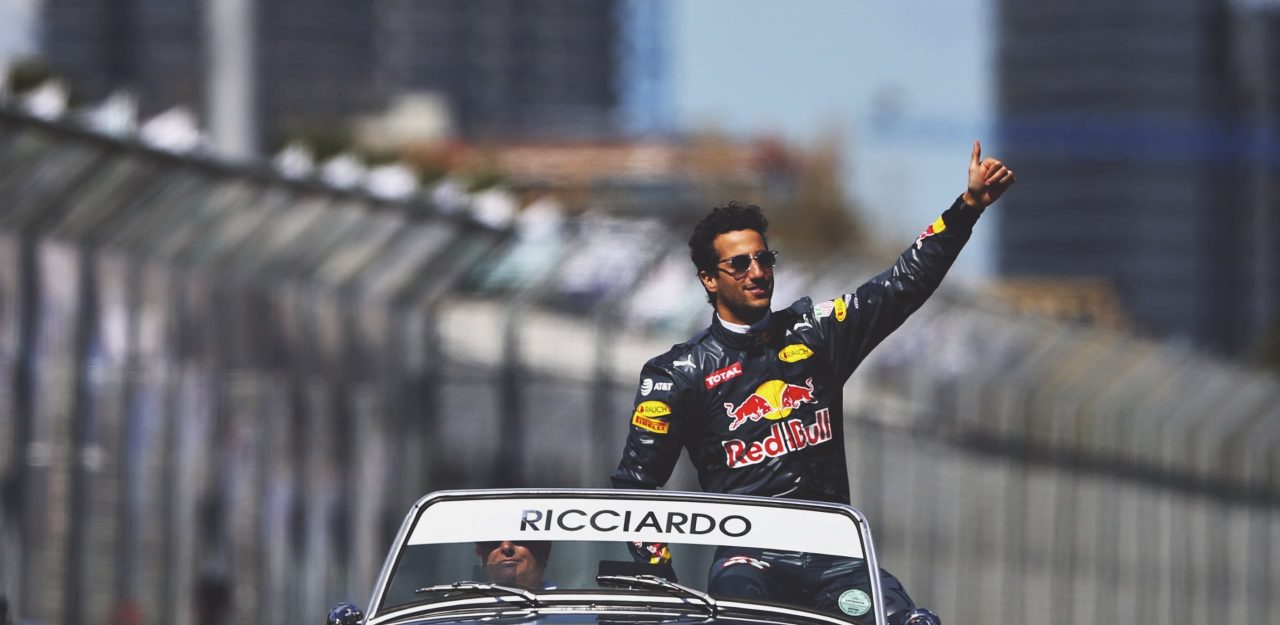
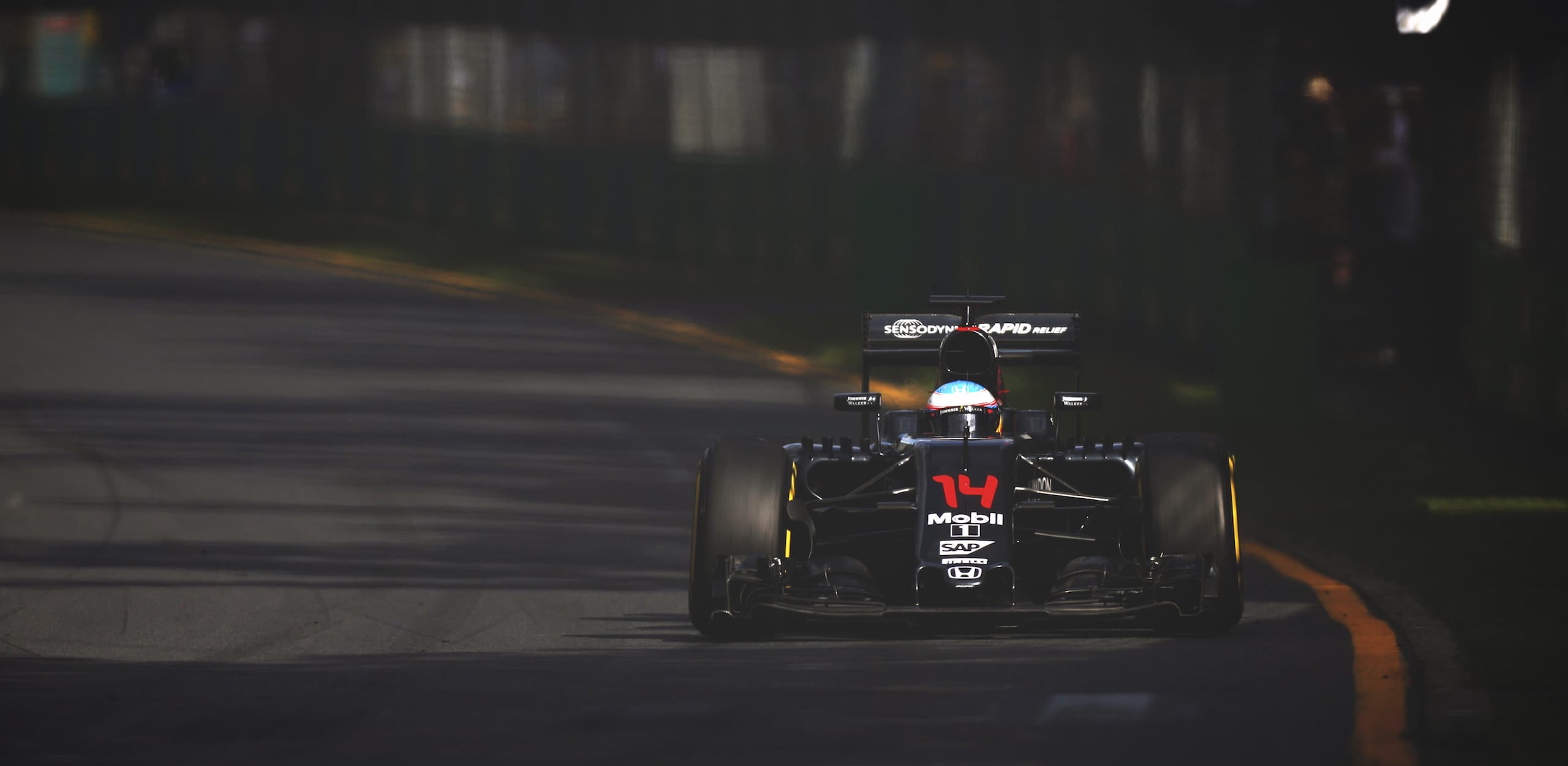
Nico Rosberg came home the winner of the 2016 Australian Grand Prix. He was followed by a recovering Lewis Hamilton, who in turn had been strongly hounded by Sebastien Vettel for the closing ten laps.
Were it not for Vettel’s worn soft tires, Hamilton would have finished third.
Were it not for a red flagged race at one-third distance, allowing a complete reset of race and tire strategies, the results would have been quite different; Vettel would have been on the top step of the podium.
Lewis Hamilton had suggested throughout the race build up that Ferrari might have something up their sleeve for the race; he didn’t know what it might be until the start.
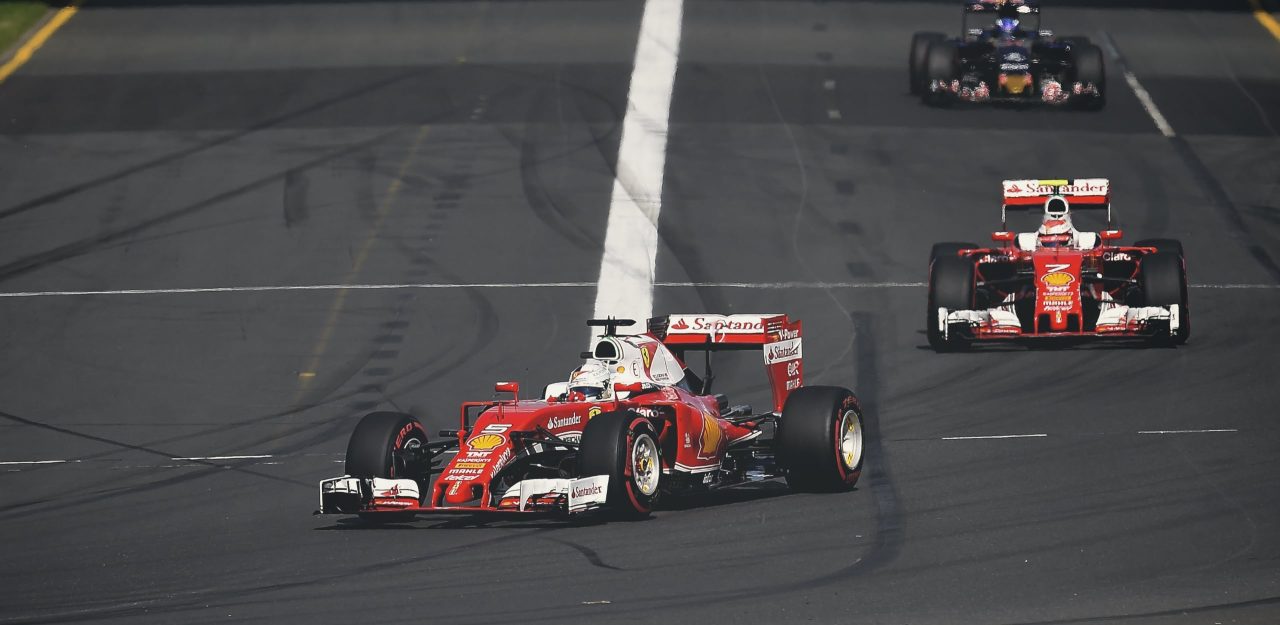
As the lights went out, Vettel streaked between a bogged down Hamilton and Rosberg to easily lead into the first corner, as the fading Mercedes duo, who bumped and banged each other to fit in the queue quickly lost ground. Hamilton also lost a bit of his front wing to Rosberg as he dropped to sixth. Ferrari stablemate Kimi Raikkonen slotted in behind Rosberg and then moved to second at turn three. From that moment on, Vettel steamed away from Raikkonen with a slightly fading Rosberg in tow. Hamilton was left adrift, locked behind Max Verstappen’s Toro Rosso; Hamilton radioed he could do nothing to pass the youngster. Mercedes switched Hamilton to a one-stop plan while they called Rosberg in early for soft tires as they attempted to undercut Raikkonen. Vettel was brought in a lap later for supersofts, came out ahead of Rosberg, and began to again pull away.
Then everything changed.
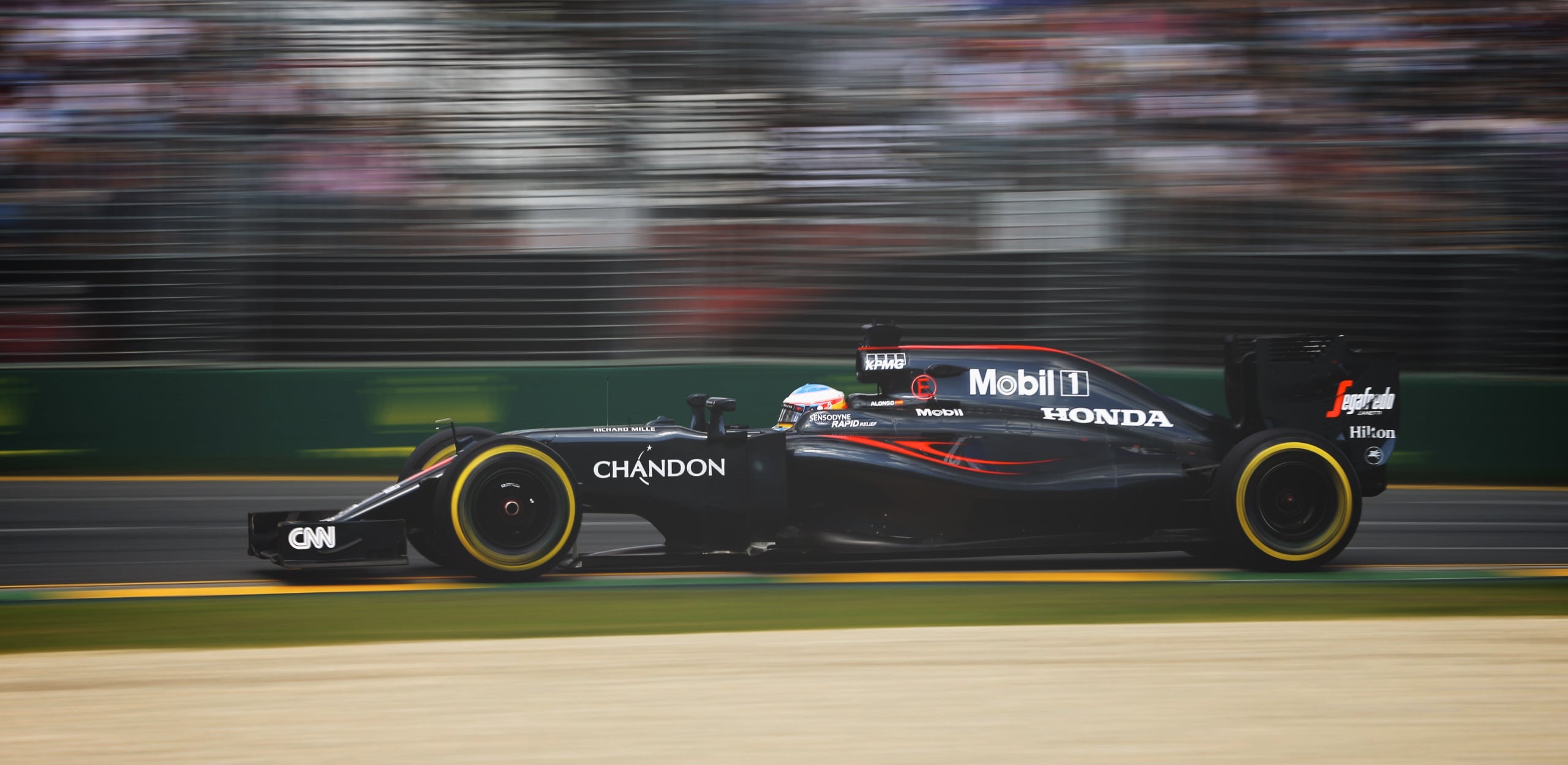
The stewards called it a racing incident. Fernando Alonso, watching from inside, would call it “a big one”…
Coming into turn three on lap eighteen, Alonso sucked up behind Esteban Gutierrez’s slipstream as late as he could, right until the braking point. But, with Gutierrez on worn tires, the Haas F1 driver had to ease on the brakes a second early, just as Alonso decided to slide to his left; they both reached the same point on the track at the same moment. The result was a terrifying demonstration of applied physics at 300kph.
Alonso clipped Gutierrez corner, lost his right front and was pitched into the outside wall, through the “50” brake marker and then, after the chassis’ mass dug into the soft gravel, a series of snap barrel rolls at 200kph. For Alonso, he saw nothing but the sky, the ground, the sky, the ground… Fortunately, his McLaren projectile found the ground again before reaching the retaining wall at the back of the gravel trap. Coming to rest nearly on his head, Alonso wiggled out from his totally destroyed tub, took a moment to regain his senses and tenderly walked away, with Gutierrez by his side. The race was red flagged to clean up the carnage.
Alonso and Gutierrez had a rueful laugh later; both knew that gotten away with one. Such is the testament to the FIA’s constant push to make racing cars safer.
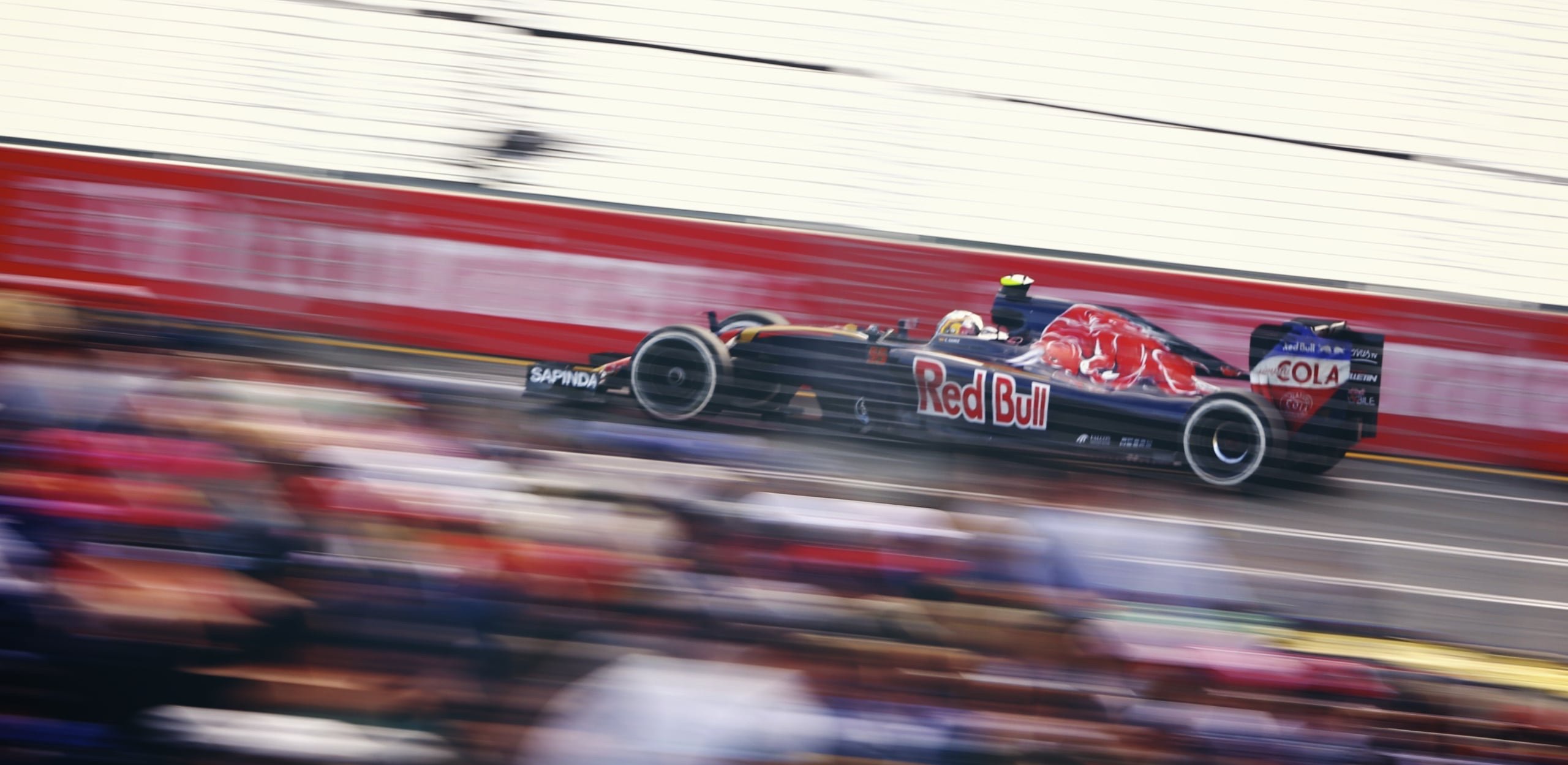
The red flag led to a complete reset of the race. Before the restart, Mercedes chose to put Rosberg on the medium tire, which would take him to the end of the race. Ferrari chose to put Vettel on supersofts, but that he would need to stop for tires near the end. It was an aggressive gamble, born of the apparent advantage Vettel took at the start. Perhaps Ferrari thought Vettel could take command of the race and again pull away from Rosberg?
It was the wrong move. Although Vettel did rebuild a lead, Rosberg closed as Vettel’s supersofts wore. Vettel was in again on lap 35 for soft tires, and as Ferrari fumbled Vettel’s left front, Rosberg was able to regain the lead. Meanwhile, Raikkonen’s Ferrari reported to the teams pit stall with a PU belching flames.
What Ferrari didn’t know was that all was not well with Rosberg’s brakes. He had picked up debris causing a brake caliper to overheating. Toto Wolff was ready to retire the car; Rosberg related after the race that it was touch and go until the flag.
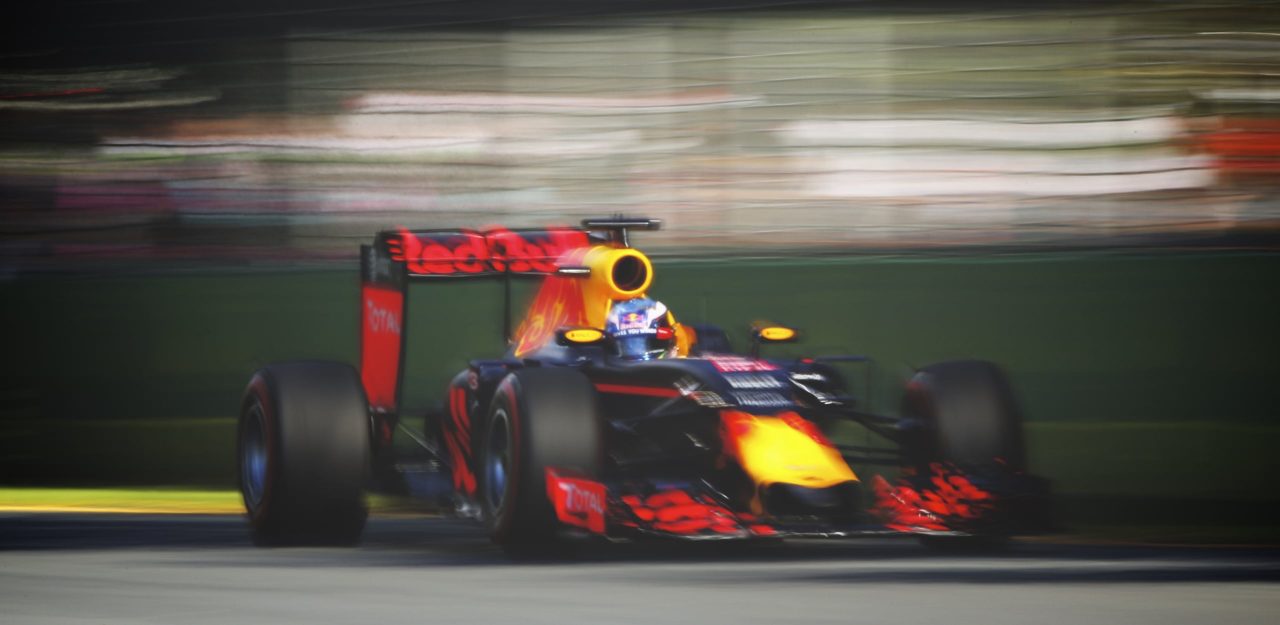
Behind Hamilton and Vettel, Daniel Ricciardo claimed fourth for Red Bull,
followed by Felipe Massa (Williams), Grosjean (Haas), Hulkenberg (Force India), Bottas (Williams) and the tangling Toro Rosso twins Sainz and Verstappen, who even collided with each other battling for the final points.
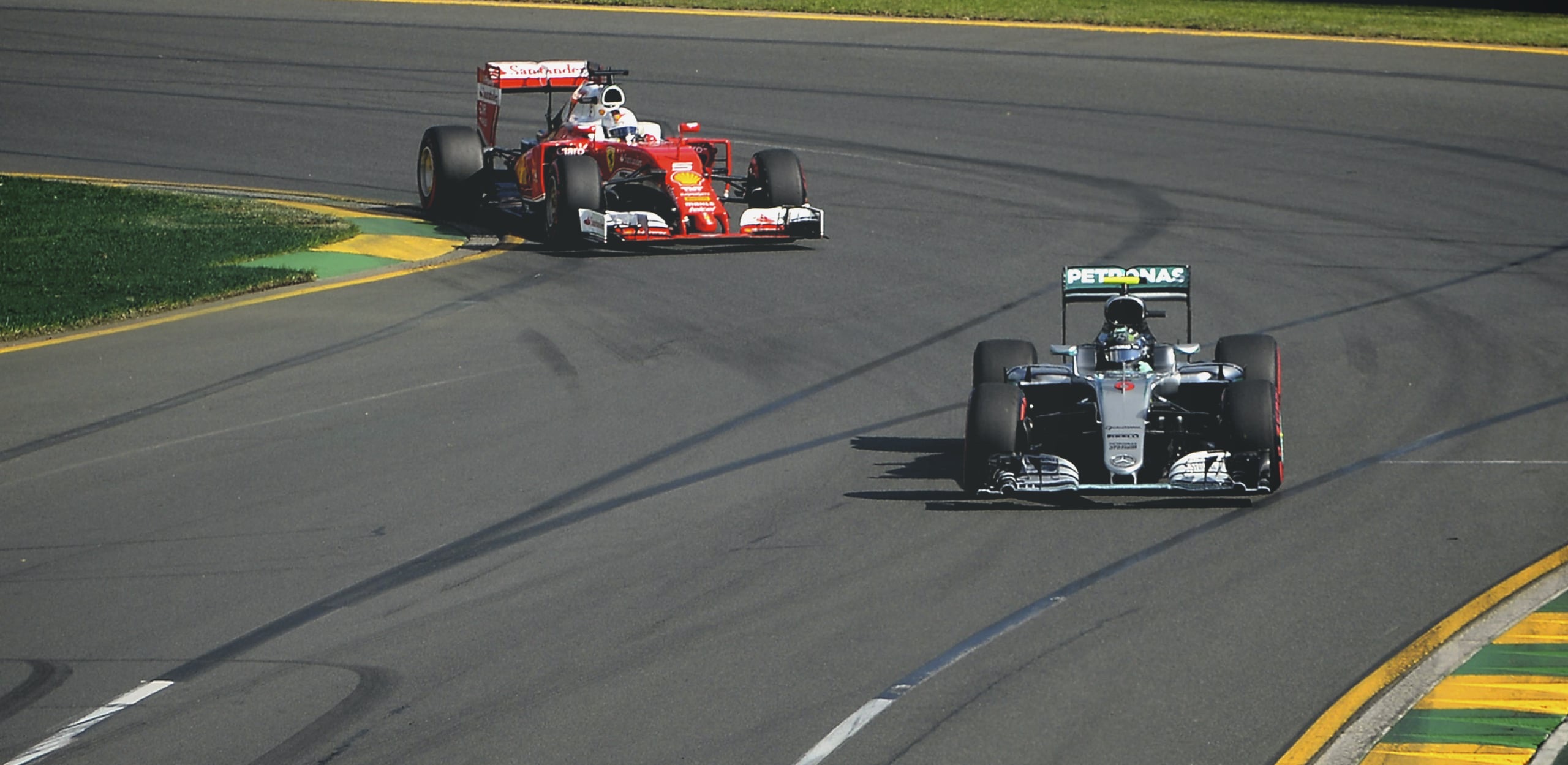
Ferrari once again provided Mercedes with a gimme. Their drivers deserved much better, but the team failed to cover Mercedes’ moves, still fumbling to adapt to changing conditions and circumstances. Raikkonen’s stayed out for way too long and cost him positions. And both drivers were kept on super soft tyres when they at the red flag period restart. Frustrating in the extreme.
Speaking of frustrating, McLaren-Honda continues to drift. There is now a comparison that can’t be overlooked. Grand Prix rookie team Haas F1 arrived with a Dallara chassis, Ferrari PU and purchased parts and finished sixth while McLaren battled back marker Manor Racing; this after a year of much the same, not to mention a Honda engine department that seems a shadow of its former excellence. There has to be clear thinking here. There needs to be a change very soon.
Qualifying did not need to be changed. The former system worked. If the FIA is looking to take away Mercedes dominance, change the rules that disallow proper competition, development and testing. F1 these days is the only sport where the drivers and teams are not allowed to productively practice and test as needed.
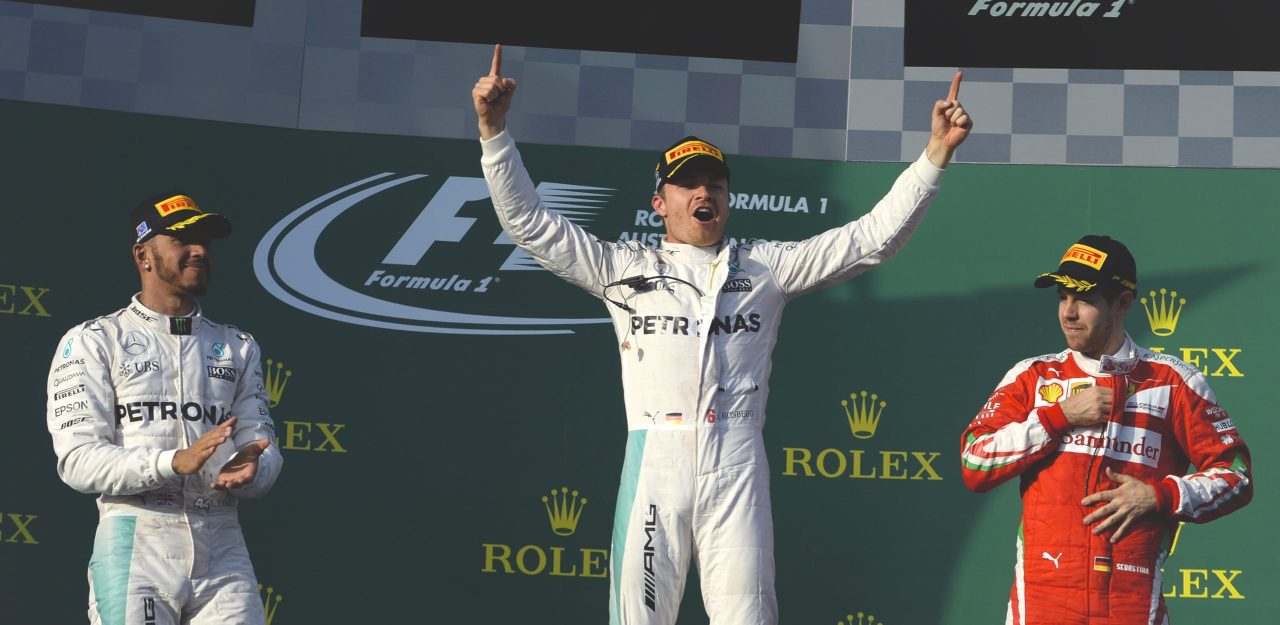
“I saw a little space to go out and went out quickly – my mum will watch TV so I want to be out quickly and say I am okay. But yeah, it was quite a big one. I’m thankful to be here, especially to the FIA and continual safety – I’m probably alive because of that.”
Fernando Alonso
Haas F1’s other driver, Romain Grosjean, was able to gain an enormous advantage under the red flag, as he had just changed tires. Without losing time on track making a pitstop, he came up from his 19th starting position and then skilfully held his own to make a one-stop strategy work. The Frenchman claimed a well deserved sixth place finish, and eight valuable constructor’s points, in the American team’s Grand Prix debut.
